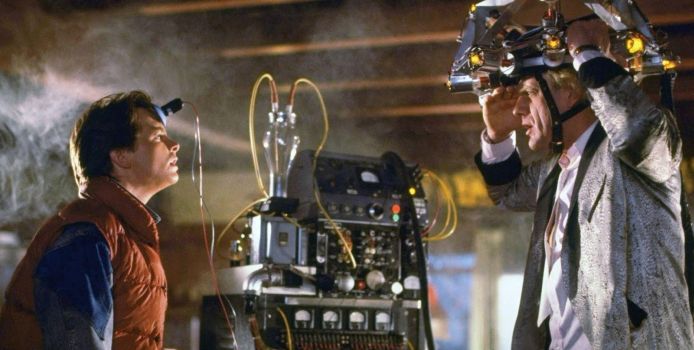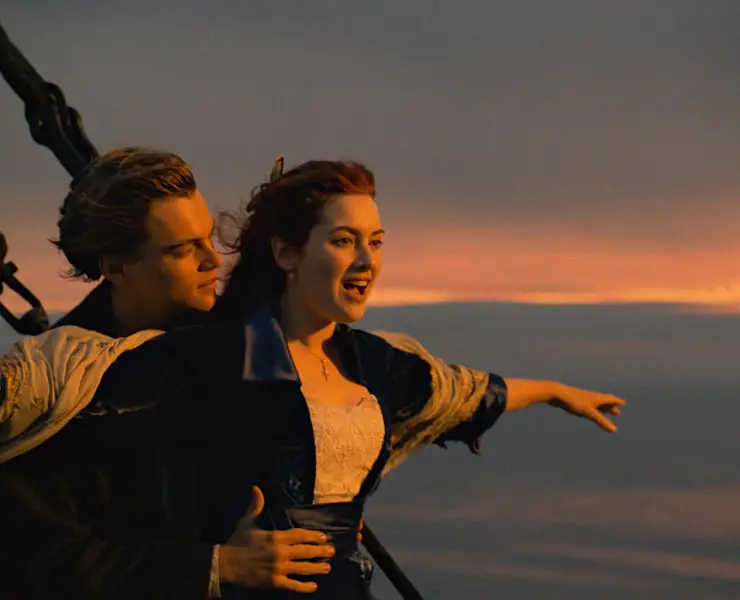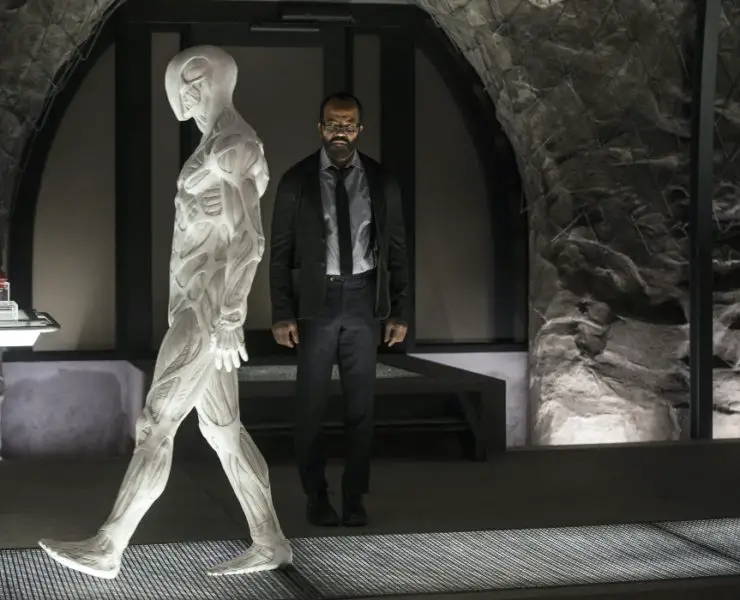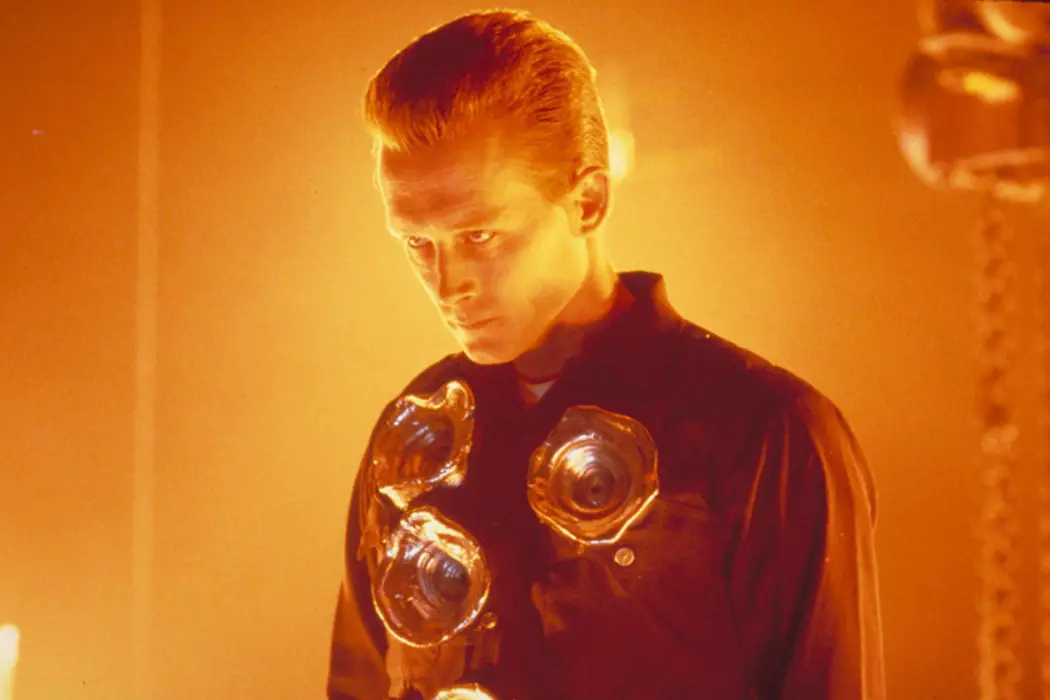James Cameron

“My approach to 3D is in a way quite conservative … I want it to be comfortable. I want you to forget after a few minutes that you are really watching 3D and just have it operate at a subliminal, subconscious level. That’s the key to great 3D and it makes the audience feel like real participants in what’s going on.

In some ways, the cinema is the closest thing we can experience to travelling through time – certainly the closest of any art form. In the dark room of a movie theatre, an audience can be transported to the distant past or spectacular visions of the future, and even in watching films from the 30’s and 40’s we can look at the lives and faces of people who died many years ago. Time travel became popular as a literary device with HG Well’s The Time Machine – published in 1895, the same year that the Lumière Brothers made Arrival of a Train at La Ciotat.











